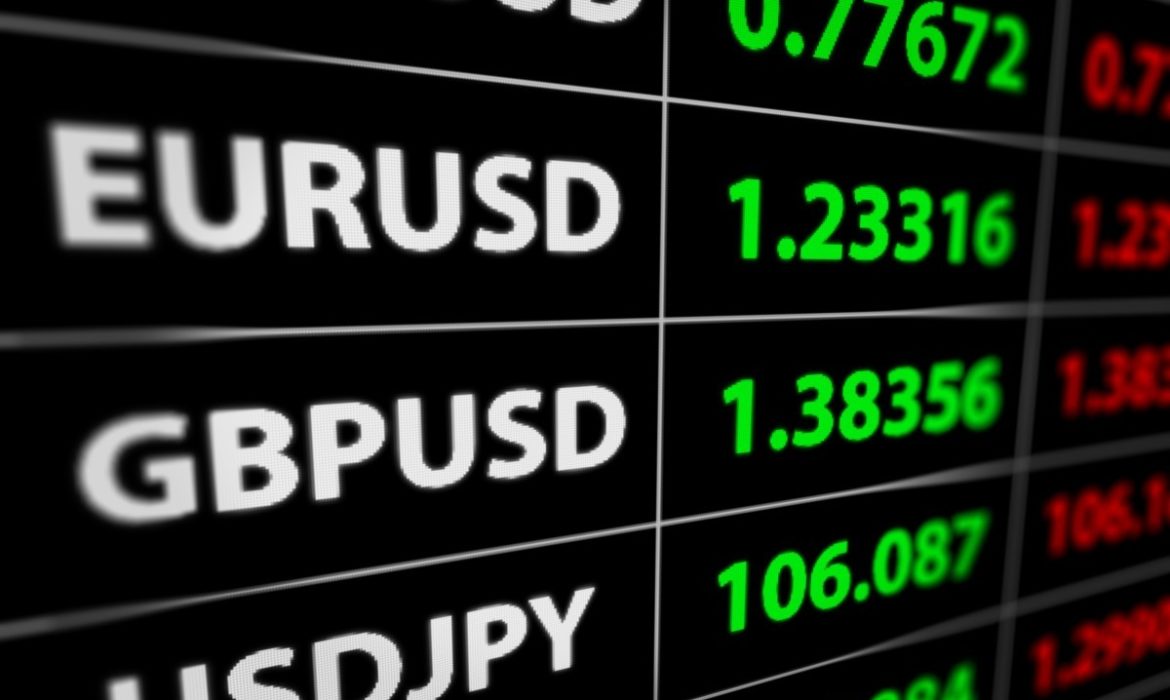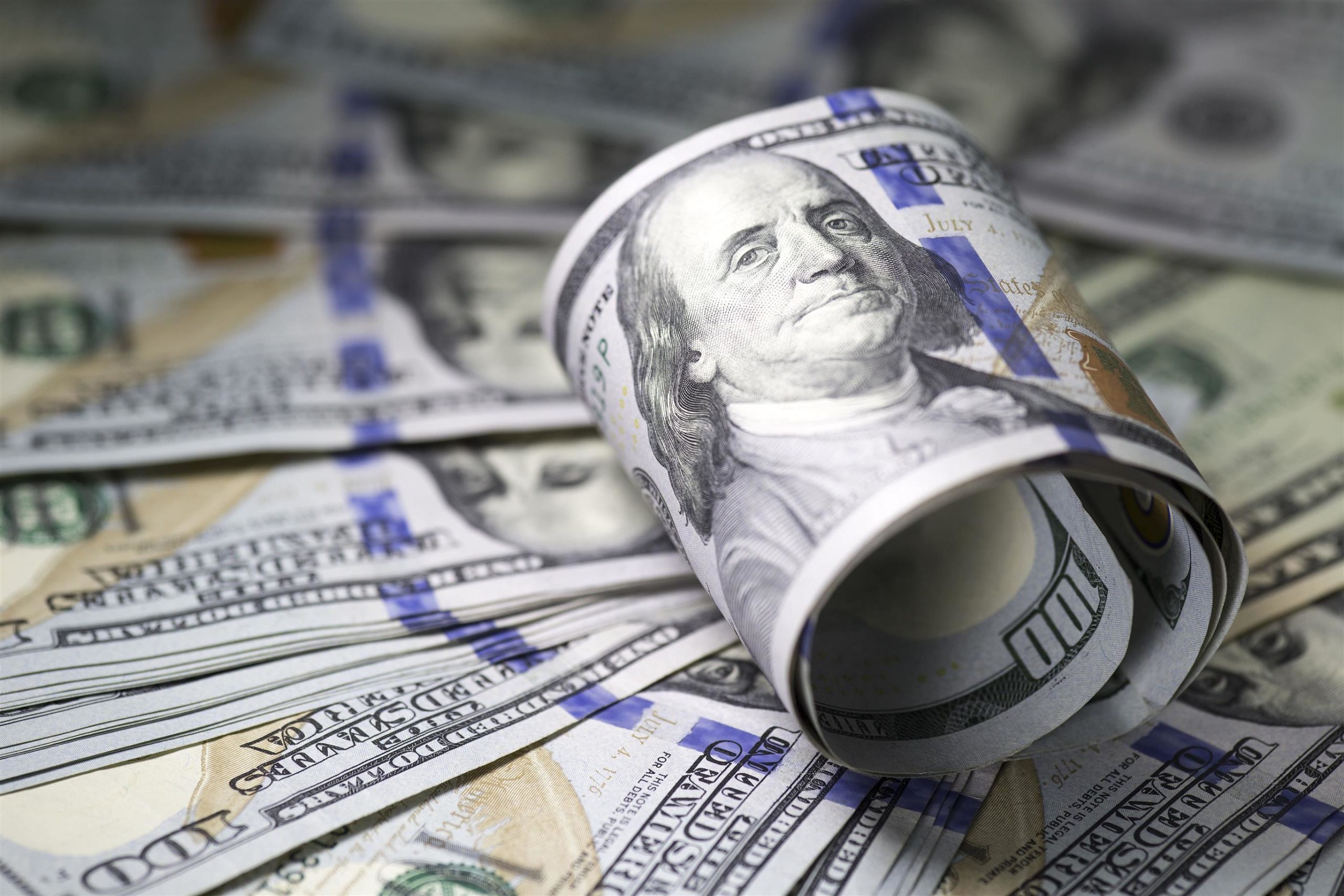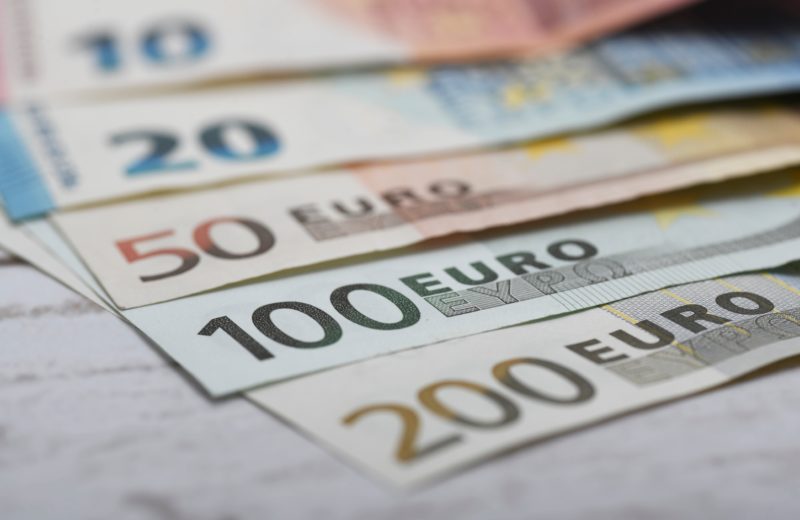The US dollar, although still near a six-month high, saw a slight easing against a basket of currencies on Thursday. This movement comes a day after the Federal Reserve revealed its intention to maintain a restrictive monetary policy for an extended period.
In contrast, the Japanese market showed the best yen exchange rate. Yen conveyed strength against the greenback in anticipation of Friday’s Bank of Japan policy announcement. This shift in momentum indicates a cautious market sentiment.
Pound and Swiss Franc Face Dips
Conversely, the pound and Swiss franc experienced a decline after both the British and Swiss central banks chose to leave interest rates unchanged. This decision weighed on the currencies, prompting a reevaluation of their positions.
The Federal Reserve made a calculated move by holding interest rates steady within the 5.25%-5.50% range, aligning with market expectations. However, it also sent a strong signal that a hawkish policy could effectively tackle inflation without causing significant economic repercussions.
US Dollar Index: Market Reaction and Forecasts
Market players and analysts are dissecting the Fed’s message. Helen Given, an FX trader at Monex USA, noted, “Dollar bulls absolutely got what they wanted yesterday.” The central bank’s updated growth forecasts have convinced markets of a potentially softer economic landing, in contrast to the ECB and BoE.
The US dollar index, a crucial measure of the currency’s performance against a basket of rivals, saw a marginal dip to 105.33, following a recent high of 105.74, its strongest performance since March. This nuanced movement signifies the evolving market sentiment.
Yen Keeps the Best Exchange Rate; Government Response
The yen demonstrated resilience, marking a 0.58% gain against the dollar. Given its proximity to a ten-month low, attention is focused on potential Japanese government intervention in foreign exchange markets to stabilize the currency. The government’s spokesperson emphasized a willingness to explore all options.
Anticipation surrounds the Bank of Japan’s expected move away from its negative interest rate policy next year. While an immediate rate hike isn’t anticipated, there may be statements hinting at future adjustments, indicating a potential shift in Japan’s monetary stance.
Pound’s Response to BoE’s Decision
The pound faced a significant drop to its lowest point since March following the Bank of England’s decision to maintain interest rates on Thursday. This departure from a consistent pattern of rate hikes signals a potential shift in the central bank’s strategy.
Surprisingly, the Swiss franc experienced a decline after the Swiss National Bank chose to keep rates steady, a deviation from the series of hikes observed since March 2022. However, this decision also leaves room for potential future rate increases, introducing a new layer of uncertainty.
Riksbank and Norway’s Rate Adjustments
Concurrently, Sweden’s Riksbank and Norway’s central bank both raised rates by 25 basis points, aligning with predictions. These moves are closely watched as they have a ripple effect on the broader market.
In response to these shifts, the euro experienced a modest increase against the Swedish crown and remained relatively stable against the Norwegian crown. These subtle fluctuations reflect the evolving dynamics within the Scandinavian currency market.
In this dynamic currency landscape, the Japanese market stands out with the best yen exchange rate. It’s showing its resilience in the face of global monetary shifts. As the world continues to monitor central banks’ decisions and market reactions, the yen’s strength remains a noteworthy factor in today’s currency exchange arena.















